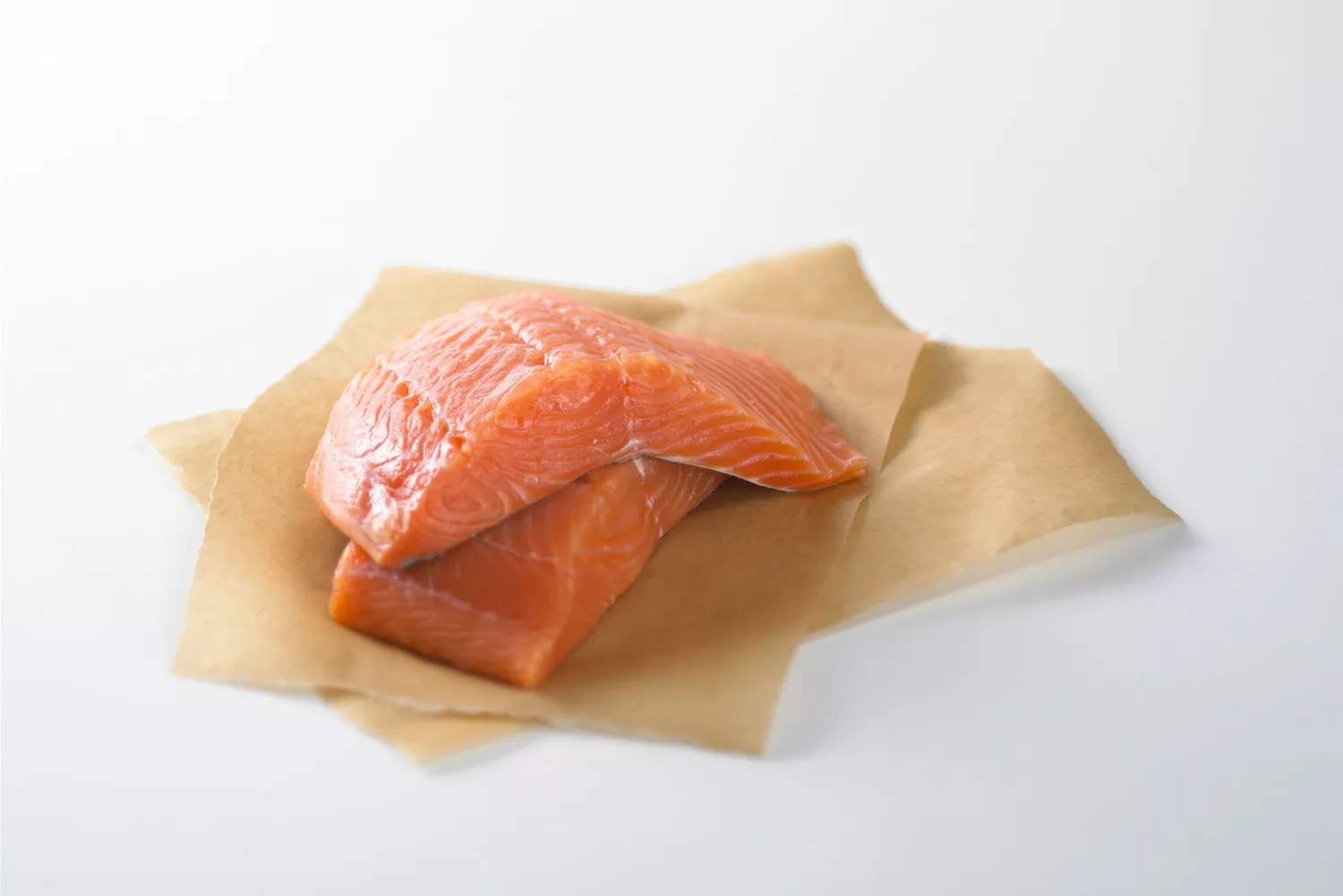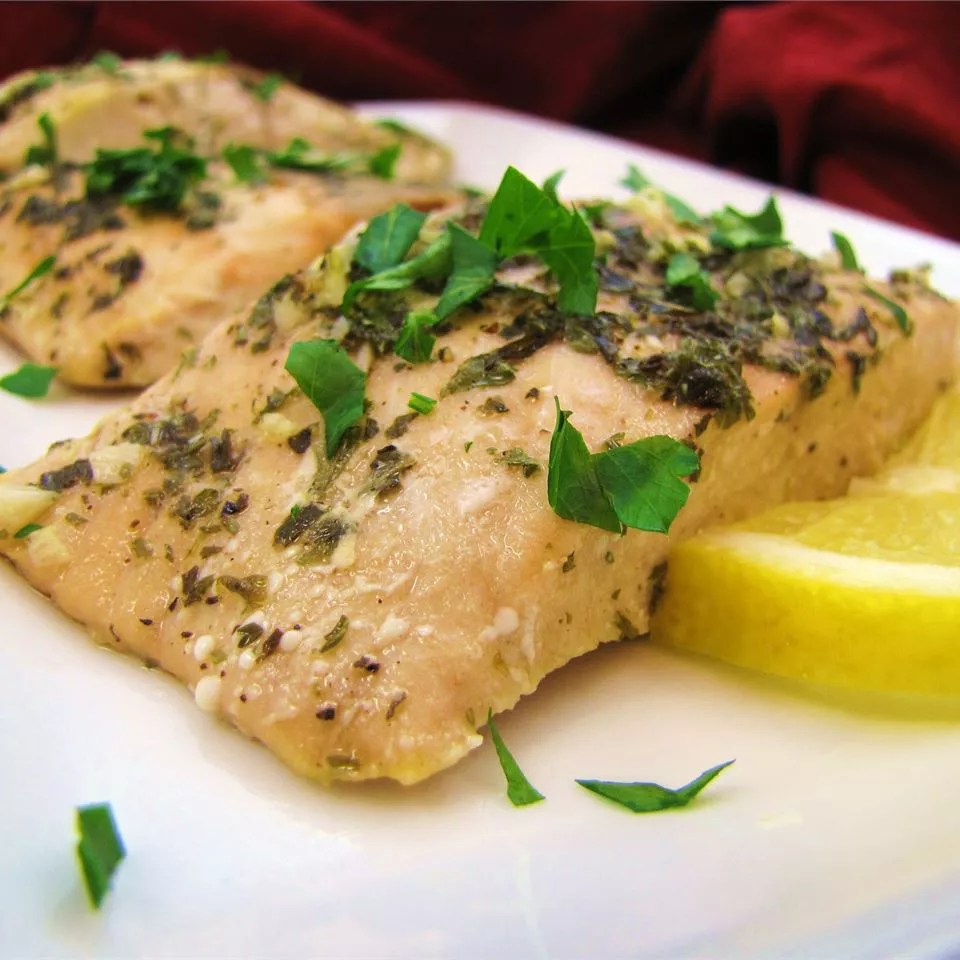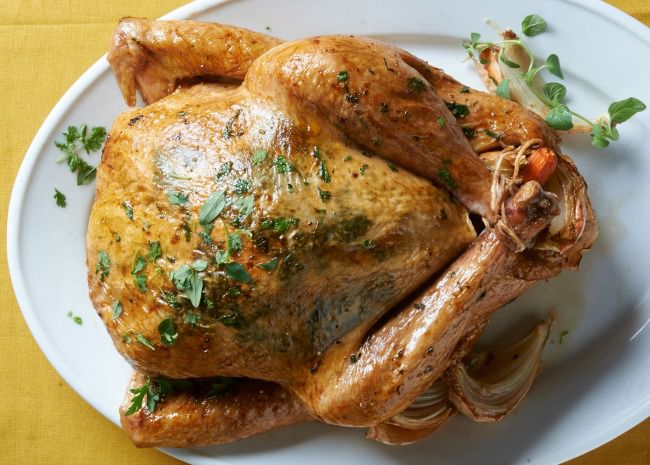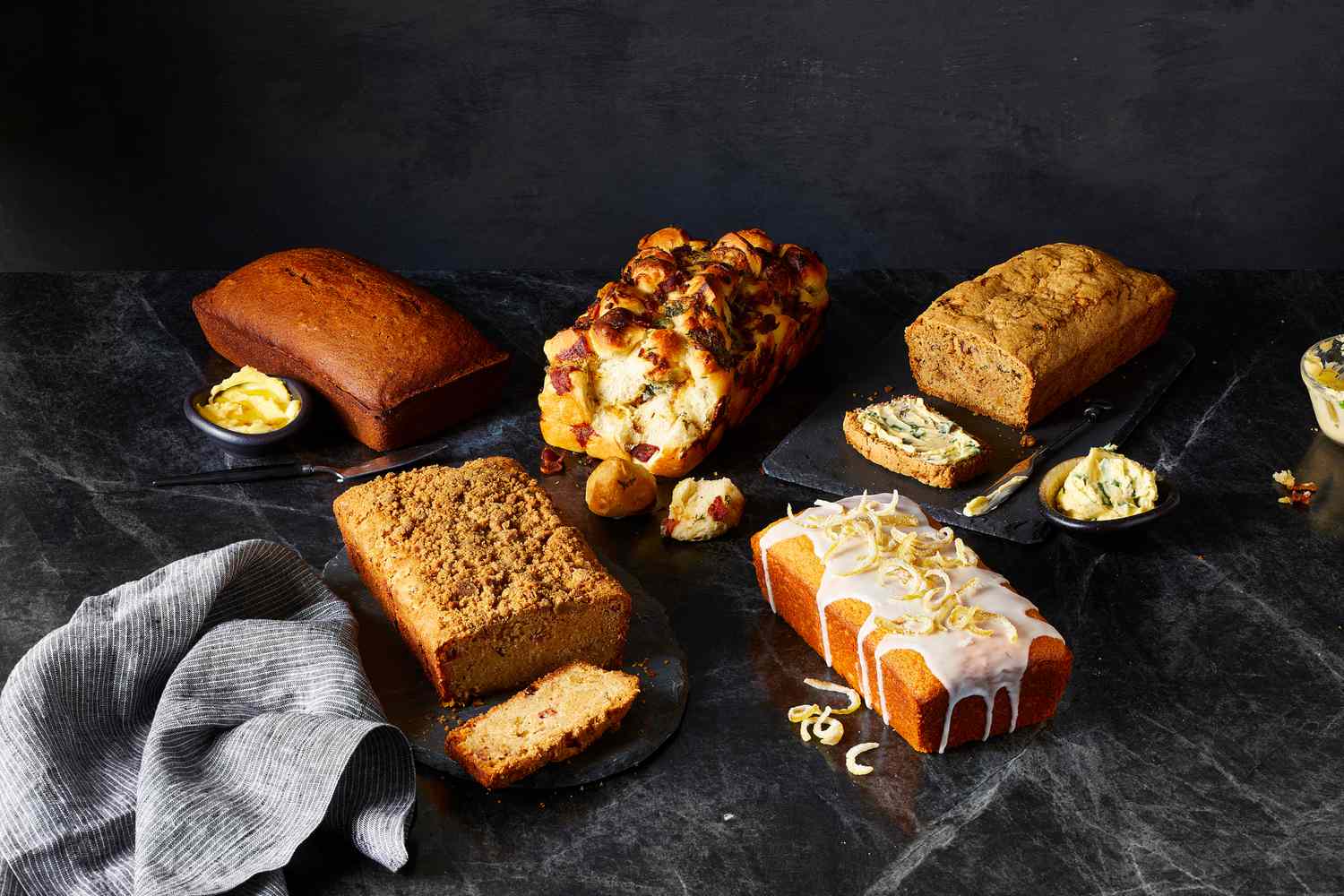If you’re looking for a sophisticated dinner worthy of company or an easy weeknight dinner that you can feel good about serving your family, baked salmon is here to help. Cooking salmon in the oven is one of the simplest, most hands-off ways to prepare it, and with the help of a juicy marinade, baked salmon can be so full of flavor. Here’s everything you need to know to bake salmon, including salmon cooking temperatures and times.

How to Buy Salmon
There’s a lot to consider when you head to the seafood section, so we’ll cover the basics here. For more, read our guide to buying the best salmon at the grocery store.

Cuts of Salmon
Salmon fillets can either be the pre-cut portions of salmon that lend themselves well to cooking for one or two, or a whole side of the salmon, which is ideal for serving to a crowd and can always be cut to your preferred portions after cooking.
Skin On vs. Skin Off
Some cooking methods like pan-frying are meant to give you a crispy skin, while other methods, like poaching, require you to remove the skin. But for baking or roasting, it really comes down to personal preference — salmon skin is safe to eat, and can add flavor and nutrients.
Fresh vs. Frozen
Unless you live near the coast and have fresh, local seafood available to you, any fresh salmon you see at the grocery store was likely previously frozen and defrosted at the store. So really, the “freshest” fish at the grocery store is frozen, because it has been preserved at its peak texture and won’t be defrosted until you cook it at home.
Read More: Why You Should Pretty Much Always Buy Frozen Fish
Wild Caught vs. Farmed Salmon
I’m of the opinion that the best type of salmon to buy is the kind you can afford. Wild-caught salmon tends to be the preferred choice, since studies have shown it has lower concentrations of contaminants than farmed salmon. But of course, wild salmon also comes with a higher price tag. Either way, both are excellent sources of omega-3 fatty acids.
Salmon Cooking Times and Temperatures
The USDA suggests a minimum internal temperature of 145 degrees F for all fish and shellfish. Cooked salmon should be pink and opaque all the way through. Note that you can cook salmon straight from frozen, but you’ll need to increase the cooking time by about 50 percent.
| Oven Temperature | 8-ounce Fillet | Whole Fillet |
| 350 degrees F | 16 to 18 min. | 20 to 24 min. |
| 375 degrees F | 14 to 16 min. | 17 to 20 min. |
| 400 degrees F | 12 to 14 min. | 14 to 17 min. |
| 425 degrees F | 10 to 12 min. | 12 to 14 min. |
| 450 degrees F | 8 to 10 min. | 10 to 12 min. |
How to Bake Salmon
These instructions are based on recipe creator LADYBLADE’s Baked Salmon II recipe, which uses foil to lock in flavor and moisture (and spare you some dishes).

Ingredients:
- 2 cloves garlic, minced
- 6 tablespoons olive oil
- 1 teaspoon dried basil
- 1 teaspoon salt
- 1 teaspoon ground black pepper
- 1 tablespoon lemon juice
- 1 tablespoon fresh parsley, chopped
- 2 salmon fillets
Instructions:
- In a medium bowl, prepare marinade by mixing garlic, olive oil, basil, salt, pepper, lemon juice, and parsley.
- Place salmon fillets in a medium baking dish, and cover with the marinade. Cover the dish with plastic wrap and marinate in the refrigerator for about one hour, turning occasionally.
- Preheat the oven to 375 degrees F and bake for about 20 minutes (foil can reflect heat away from food, so you’ll want to cook the salmon a few minutes longer than you would otherwise — this cooking time is adjusted to reflect that), or until the internal temperature reaches between 140 and 145 degrees F.
Related:
- How to Cook Salmon 7 Ways
- How to Grill Salmon Perfectly Every Time
- Our Top 20 Salmon Recipes




